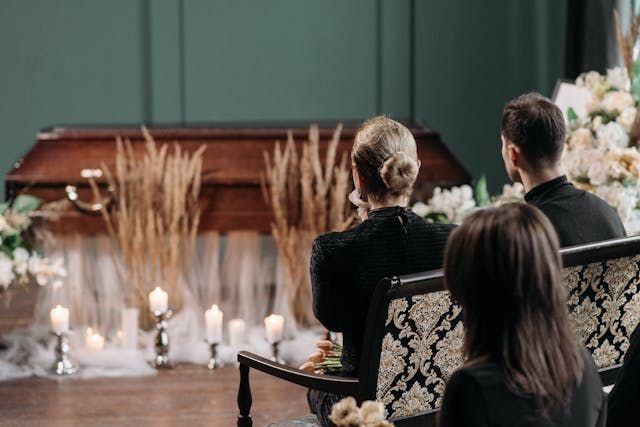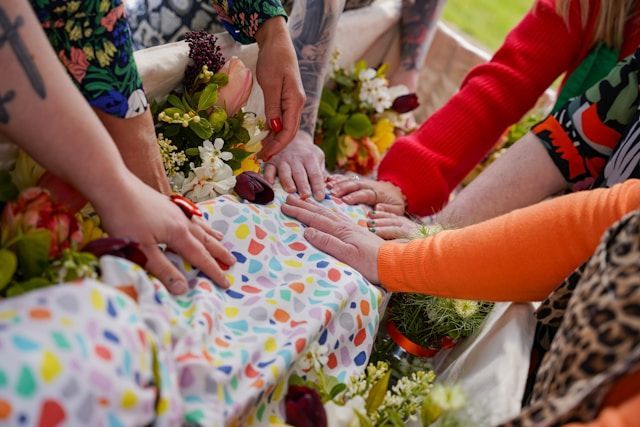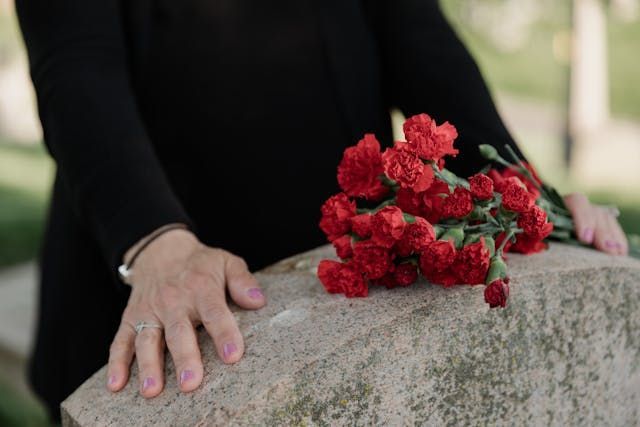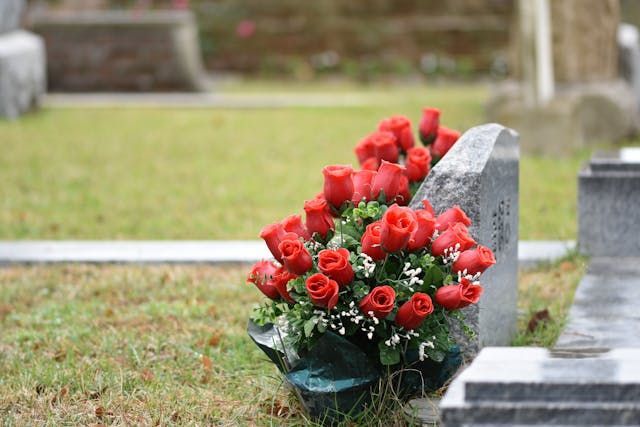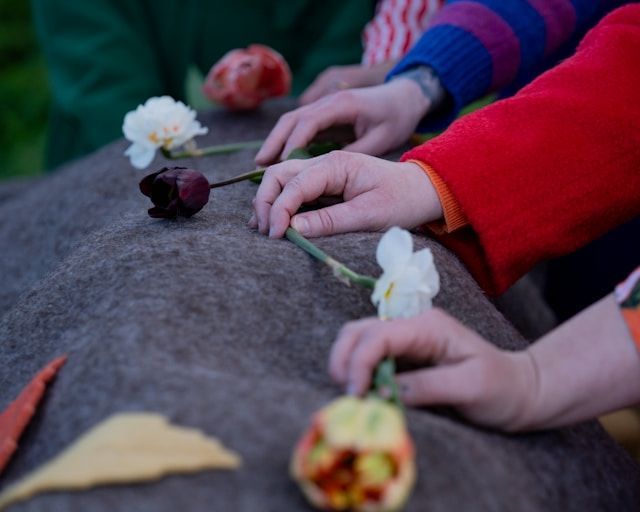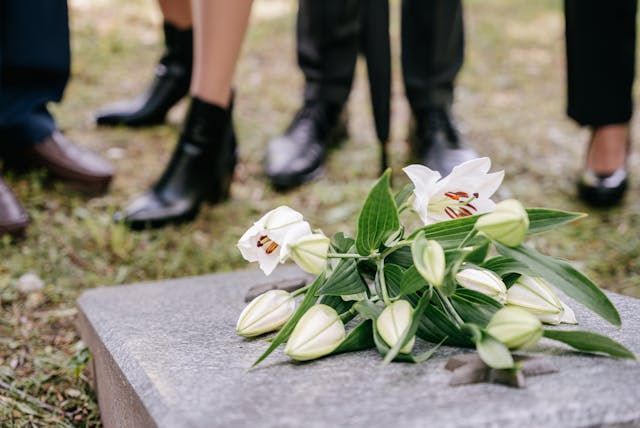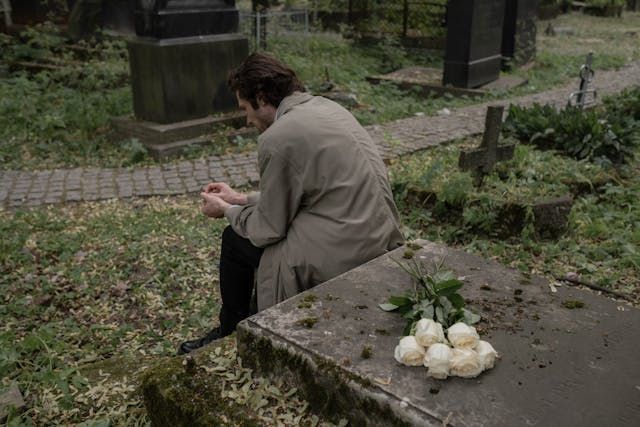It’s Your Funeral
August 2, 2023
It’s Your Funeral
Death is hard. It’s hard to face your own mortality. It’s hard to experience the death of a loved one. It’s hard to talk about. And it’s hard to plan funeral arrangements for a family member when you’re grappling with your loss. There’s a trend these days in the U.S. of people being directly cremated and foregoing a memorial service altogether. They want to ensure their families won’t have to deal with logistical details or have to think too much about the sadness of loss. They don’t want to be a burden.
The trouble is, not having some type of ceremony to honor the deceased actually does more harm to the bereaved than good. Because in the end, your funeral isn’t actually for you. It’s for the people you love. It’s a basic human need to honor the dead and say goodbye alongside their community. This need is part of what we call the Acute Loss Period.
What is the Acute Loss Period?
During the Acute Loss Period, or the first weeks following the death of a loved one, grieving individuals experience specific emotional, relational and spiritual needs. By meeting these needs, they create vital habits and behaviors they will need for a healthy grief experience. The Acute Loss Period includes seven stages:
Hearing
The first way you encounter a loss is through the physical and psychological process of hearing. Light-headedness, nausea, pounding heart, reduction of hearing, and shaking are all ways your body may respond to the news, even if the death was expected. It’s common to feel disbelief that they’re gone.
Sharing
Immediately we feel the need to reach out to others and share the news. Sharing validates the loss, making it real and providing the opportunity to share feelings.
Seeing
Seeing the deceased after they’ve died allows us to truly confirm the news we had otherwise only heard. It is also vital for those grieving to see each other and physically witness their support system.
Gathering
As social creatures, humans have a need to physically come together. Viewings, funerals, wakes, memorial services, vigils, and life celebrations are all ways we gather and find comfort in shared grief.
Connecting
Gathering also allows us to connect with the person who died by sharing pictures, videos, music, and memorabilia, and to share stories about them to help create tangible connections to an experience that may seem surreal.
Reflecting
Gathering and connecting lead to introspection about the impact the deceased had on our life and how they will affect our journey forward. It’s an important step in healing.
Celebrating
This doesn’t mean celebrating loss. Celebrating the life of our loved one and the joy they brought to our own life helps us come to terms with our grief and create meaning and light from our loss.
PREPLANNING HELPS
If we deprive our loved ones of the opportunities to meet these needs—seeing, gathering, connecting, celebrating—we cut out crucial steps in their grieving process. But that doesn’t mean they have to shoulder the burden of having to plan your funeral or memorial service. By planning your own final arrangements in advance, you can help ease your family’s grief and give them the gift of a better goodbye.


